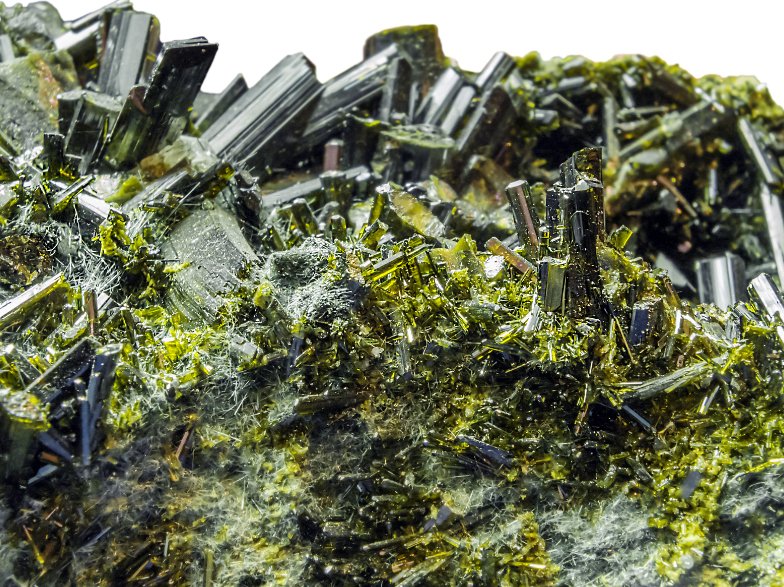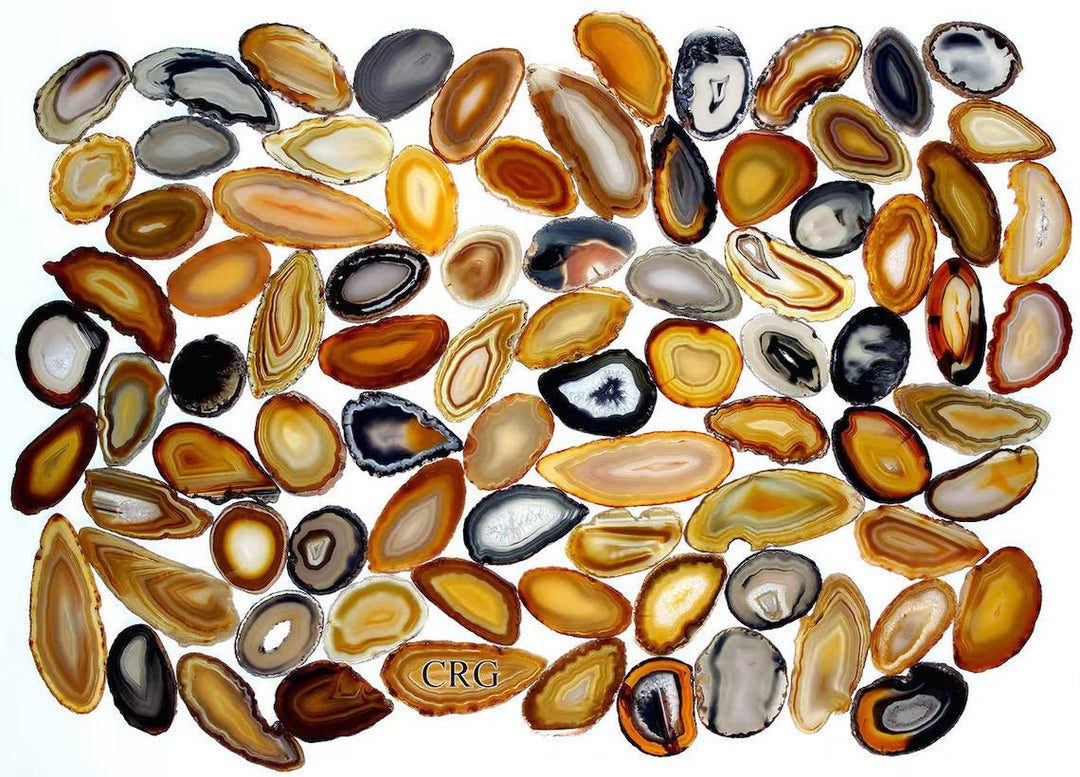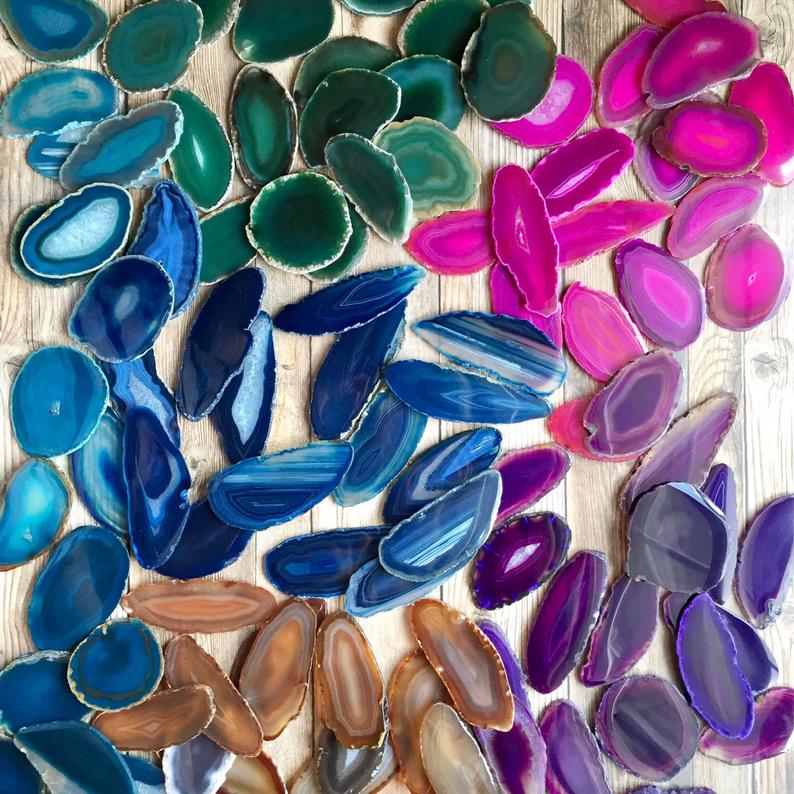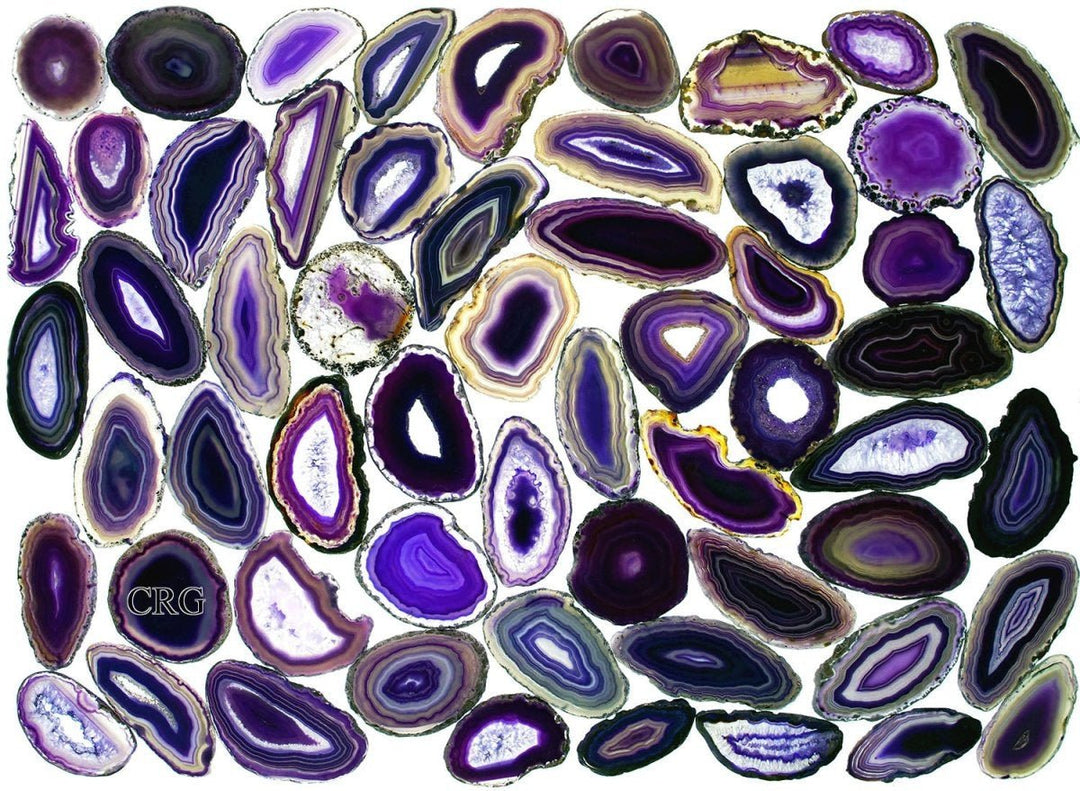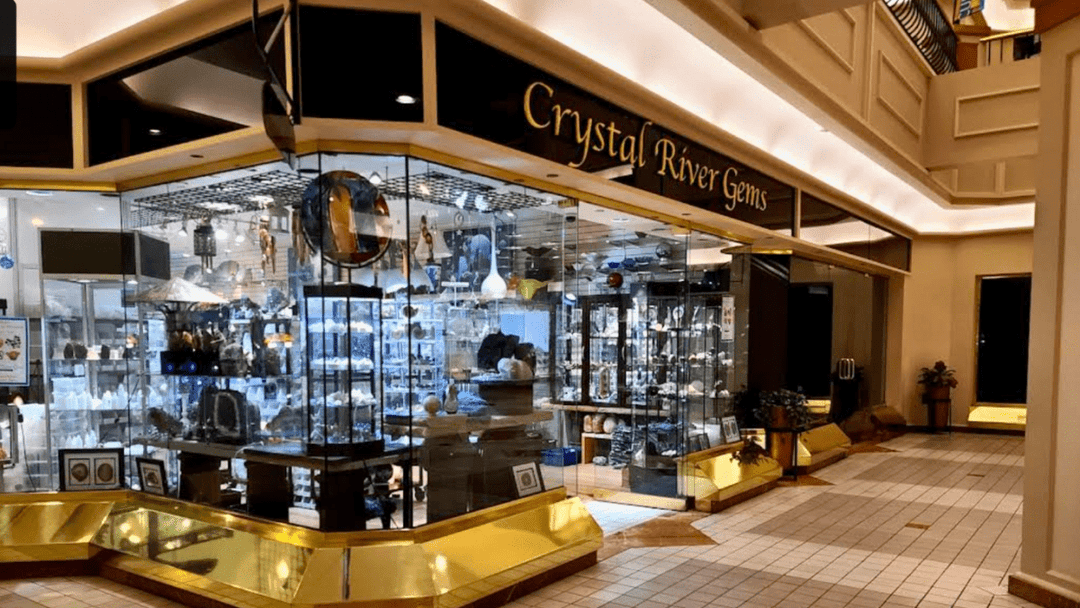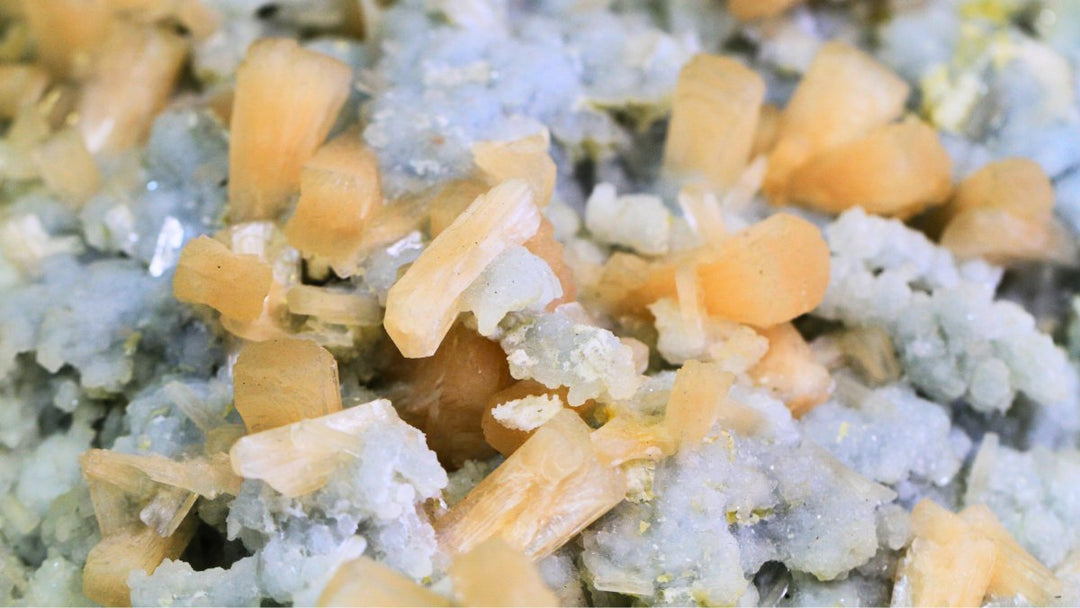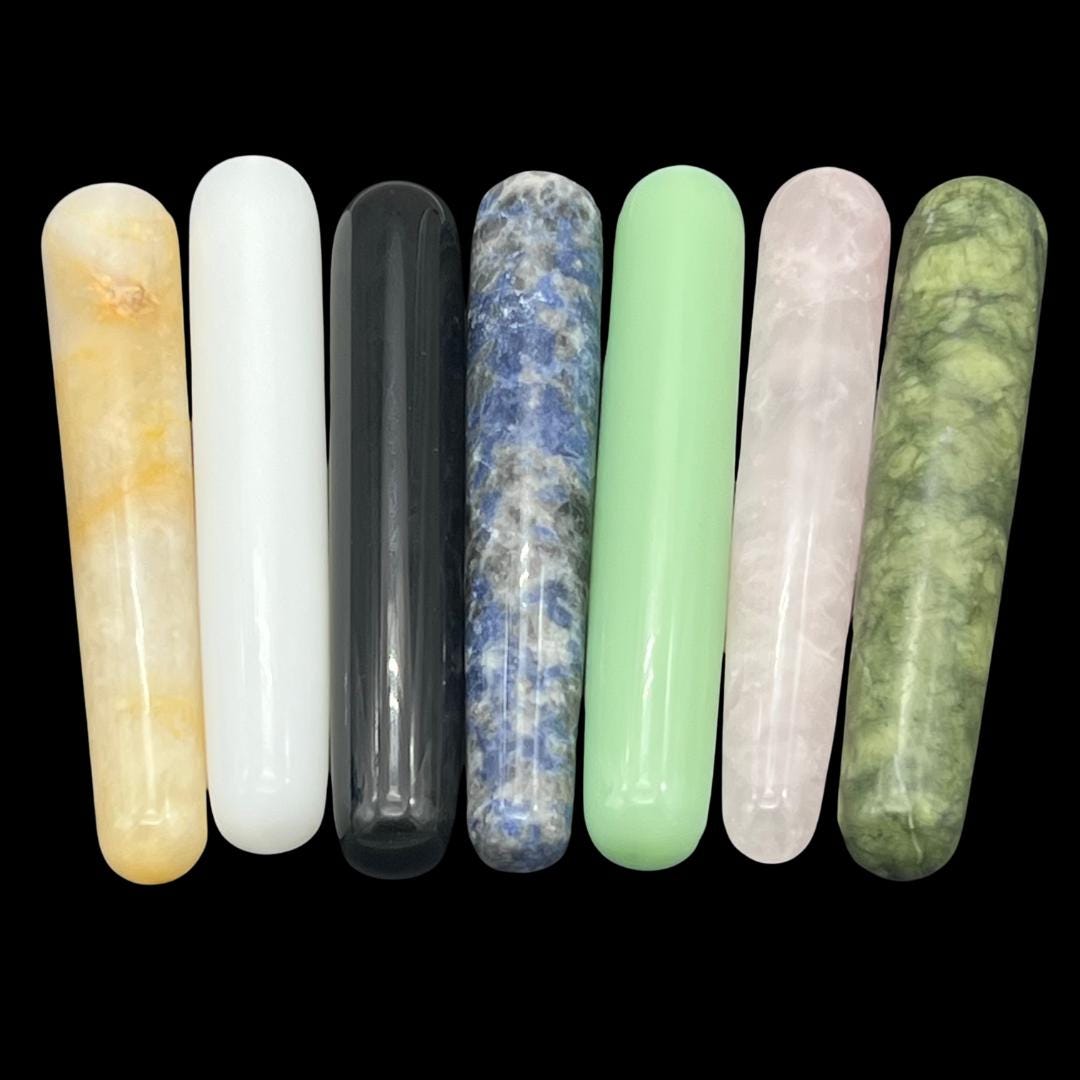Apart from moss agate, what mineral instantly conjures mental imagery of thick mosses and dense grasses coating the forest floor? The answer can only be epidote. There is a wonderfully earthy quality to this crystal, with its lovely green color and fanning habit that reminds us of wild vegetation. Here, we’ll talk about identifying epidote, its formation conditions, and its history. Come along and join us in the shadows of earth and stone where the epidote grows.

Features & Identification
The mineral epidote is a silicate with a chemical composition of Ca2(Al2,Fe)(SiO4)(Si2O7)O(OH). It ranks a 6 on the Mohs hardness scale (although it is surprisingly brittle), and has a specific gravity of 3.4 to 3.5. Epidote’s color ranges from yellowish green to pistachio green to deep forest green. Less often, it is brownish green to black. Whatever the shade, epidote’s color comes from iron inclusions. The crystal’s luster is often vitreous (glass-like) or resinous, and it can be translucent, transparent, or almost opaque.
When identifying epidote, we should assess more than just its color and luster: we must also take a look at its crystal habit. Epidote forms acicular, or needle-like, crystals that stack in a fanning pattern. Most commonly confused with epidote is the mineral olivine, which bears a similar color but has a completely different habit (typically granular instead of acicular). Additionally, epidote bears a striking resemblance to actinolite, which is another green silicate with long, needle-like crystals. But a discerning eye will note that the green hue of epidote tends to carry more yellow in it, whereas actinolite’s green is more reminiscent of emerald. But it’s best not to rely too heavily on color alone. Actinolite can be softer than epidote, at a 5-6 on the Mohs scale instead of a 6. It can also look silky or dull compared with epidote’s vitreous or resinous luster. Finally, actinolite can sometimes exhibit chatoyancy (cat’s eye effect), while epidote is very rarely chatoyant. Distinguishing between different minerals that look the same at a glance is incredibly tricky, which is why close attention to all characteristics is crucial.

Geological Formation
Epidote forms during low grades of metamorphism and hydrothermal activity. Metamorphism refers to the mineralogical and structural changes of solid rocks due to newly introduced conditions like differing temperature, pressure, or fluids. Epidote is especially common in metamorphosed basalts and gabbros, where it replaces plagioclase, pyroxene, and olivine. It is also found in marbles and schists, often as vug or vein fillings in these rocks. Epidote is associated with feldspars, amphiboles, quartz, and chlorite, and has a significant presence in unakite (epidote and pink orthoclase), dragon’s bloodstone (epidote and piemontite), and epidosite (epidote and quartz). It frequently shows up in prehnite as well. An abundant mineral worldwide, epidote’s largest mines are in France, Norway, Italy, Austria, the United States, Mexico, Namibia, and Pakistan.

History
Let’s touch upon the history of epidote. Because of its similarity to actinolite, epidote was not recognized as its own mineral until relatively recently. In 1801, French priest and mineralogist René Just Haüy singled it out and named it. The word “epidote” comes from the Greek name “episodis,” meaning “increase or addition.” Haüy chose this name because one side of the mineral’s prism is longer than the other. Since 1801, epidote specimens have been used as decorations, objects of scientific interest, and metaphysical tools. This crystal is not useful for industrial purposes and is rarely cut into jewelry—but look how it glitters in the low light!

The gleam of epidote’s needle-like crystals intrigues us. Its color—so organic-looking yet completely inorganic—is soothing to the eye and spirit. Epidote’s fanning patterns recall grasses that have been pressed to the earth by some footprint under starlight; they point toward a mysterious direction that we have yet, perhaps, to discover.


